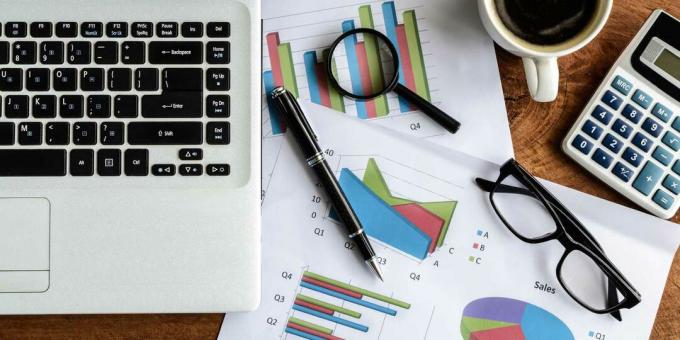The capital structure works through the combination of various resources that the company uses to carry out the financing of its investments, involving three important financial sources such as retained earnings, share issuance and indebtedness.
To determine this type of structure in the company, it is necessary to do a profitability and risk analysis of each of the financing options.
Advertisements

To finance operations, the company requires resources that can be acquired through its own financing of the contributions of capital from investors or through debts, which are third-party resources that come from loans, bonds or shares preferred.
Advertisements
In this article you will find:
Characteristics of the capital structure
The capital structure comprises characteristics important that should be taken into account, these are classified into:
- Conservative attitudes: Manifests aggressive or conservative attitudes on the part of the managers and administrators of the company.
- Taxation: It has deductible interest and a business tax position, which leads to lower debt costs. In case the tax rate increases, it will be a disadvantage for the debt.
- Financial flexibility: It allows financial flexibility or the way to increase capital in a reasonable way.
- Financial risk: The financial risk of the company's capital may be presented, if it must depend on financing through debt, this will increase the return on equity, as this type of financing creates risks for investors.
Possible situations in the operation of the capital structure
Within the possible situations, which work in the capital structure of the company and that are based on the background of the practice studied within the financial analysis module, the following can be highlighted:
Advertisements
Financial stability
In general, this balance can be achieved, once permanent financial resources such as long-term foreign capital and own capital, fully cover investments, by adding fixed assets and levels of current assets, considered in the same way, as fixed or long-term term.
It can be said that the company is in equilibrium or in normal stability, because while long-term liabilities give it full financing of permanent investments, difficulties should not arise that are related to the capacity of the company to return liabilities.
Advertisements
Total balance
It is a classic situation, where the asset is fully financed by its own capital. The company in this type of situation, lacks sources of external financing, so that all fixed and current assets are financed through its own resources.
At the beginning of this situation, a greater stability and solvency is apparently determined, but despite this, it should not be the intention of the company's objective.
Advertisements
Financial imbalance
This imbalance occurs when a part of the fixed investment and current assets are financed through current liabilities or short-term debts. If the company does not have the capacity to face its debts with short-term financial resources, it can fall into a total state of instability.
This state of instability can be generated when the debts contracted by the company exceed the total value of its real assets. or in the event that equity is reduced as a result of losses, which allows equity to be transferred in the form negative.
Factors and risks involved in the capital structure
Inside of capital structure in companies, there are a series of factors and risks such as those shown below:
Tax benefits
The fact that companies can deduct payments on their debts when performing calculations of these with the taxable income, you can reduce the amount of profits from the organization. This is due to the cancellation of taxes and consequently allows the availability of a higher amount of profits to benefit investors.
Possibility of bankruptcy
The possibility that a company declares that it has fallen into bankruptcy is due to the lack of capacity to fulfill its duties when it reaches the due date. Everything will depend on your risk levels, whether financial or business.
Operational or business risk
The risk that the company has of being able to pay for its different operations may alter its stability. This allows the development of a certain project that the company wants to carry out, uncontrolled the capacity that it has to cover the expenses of the operational development of the project.
In this case, the risk level of the company is a fact, since while the risk of the company is higher, the greater caution should be taken when making your capital structure.
The risk that the company runs by not being able to meet its financial obligations regarding its dividends of preferred shares, interest or cancellation of lease debt, would alter the welfare of the business. This indicates that the projects are financed in such a way that the company, in order to meet the financial cost, must alter its finances.
The sanction of the company for non-compliance with the payment of its financial commitments, leads to bankruptcy. The higher the financing of the fixed cost of the debts that the company understands within its stockholders' equity structure, the higher your financial risk.
Total risk of the company
It is the risk that arises from the combination of financial risk and business risk, where the total bankruptcy of the company is specified.
The operation of the capital structure of the company It is very important, however to put it into practice it is necessary to take into account the risks that may arise in its operations.
In the event of not having knowledge of the required financial strategies, serious long-term risks could arise, especially in times of crisis for the company.


